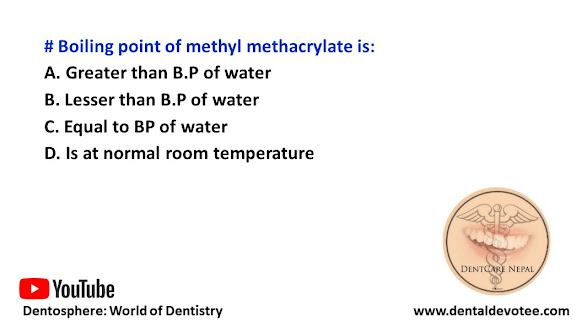# Crepitus will be seen in the tissues surrounding an infection by:
A. Staphylococcus
B. Streptococcus
C. Clostridium tetani
D. Clostridium perfringes
The correct answer is D. Clostridium perfringes.
■ Clostridium perfringens causes gas gangrene or myonecrosis.
■ Gas gangrene is characterized by skin colour change from pallor to bronze/purple discoloration and the skin is tense and exquisitely tender.
■ Gas in the tissues may be obvious with crepitus on clinical examination or visible on radiograph.
■ Surgical debridement, antibiotic therapy with high-dose I.V penicillin, clindamycin and metronidazole and hyperbaric oxygen therapy are used for treating gas gangrene [Note: Hyperbaric oxygen therapy is also used for osteoradionecrosis and chronic osteomyelitis].
■ Cl. tetani causes tetanus and cl. difficile causes pseudomembranous colitis.








